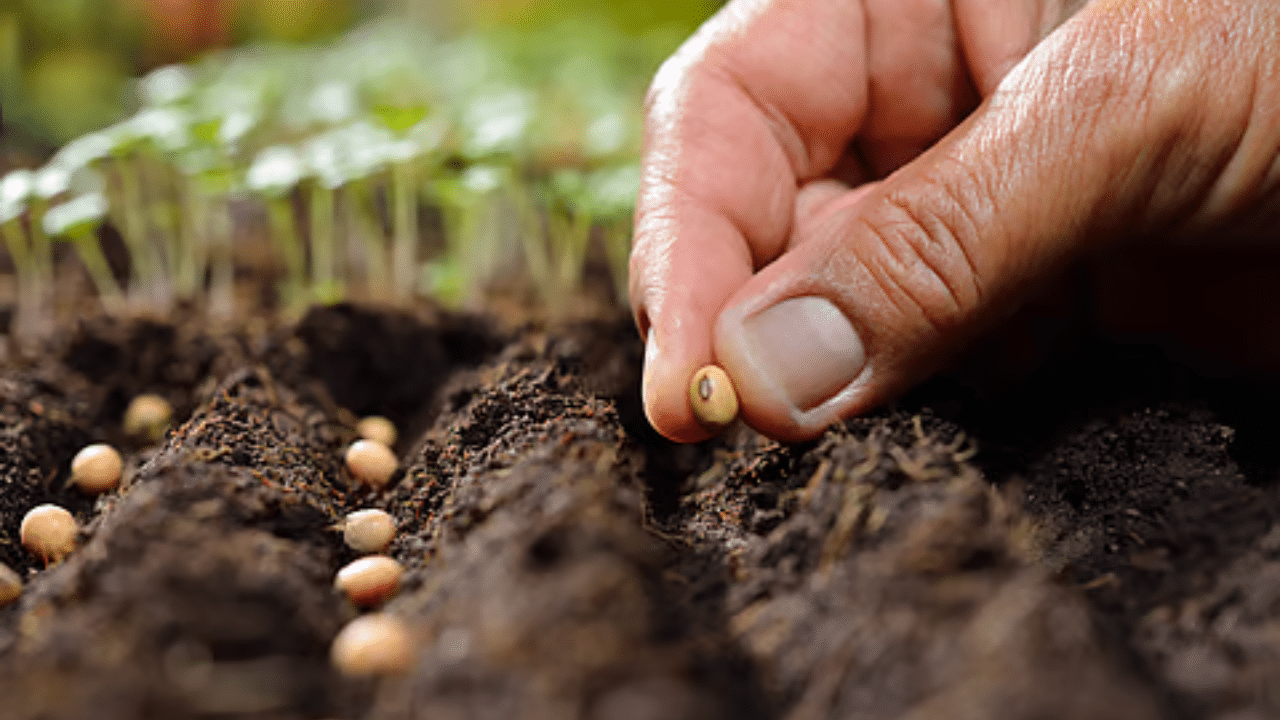India’s Second National Gene Bank: Safeguarding Food Security for the Future
In a landmark move to bolster India’s agricultural resilience, Union Finance Minister Nirmala Sitharaman announced the establishment of the country’s second National Gene Bank during the Union Budget 2025-26 presentation on February 1, 2025. This initiative aims to conserve over 10 lakh (1 million) germplasm lines, thereby strengthening India’s food and nutritional security.
Understanding Gene Banks
Gene banks serve as repositories for genetic material, including seeds, tissues, and pollen from various plant species. Their primary purpose is to protect these genetic resources from potential extinction, ensuring their availability for research, conservation, and crop improvement. By storing vital plant genetic resources, gene banks play an essential role in maintaining biodiversity and enabling future agricultural innovations and sustainable practices.
India’s First National Gene Bank
Established in 1996, India’s first National Gene Bank is located in New Delhi and is managed by the Indian Council of Agricultural Research-National Bureau of Plant Genetic Resources (ICAR-NBPGR). This facility operates 12 regional stations across the country and stores a wide range of germplasm collections, supporting plant breeding, research, and conservation efforts. As of 2021, the gene bank was protecting approximately 4.52 lakh accessions, including cereals, legumes, millets, oilseeds, and vegetables.
The Need for a Second Gene Bank
The announcement of a second National Gene Bank underscores India’s commitment to preserving its rich agricultural heritage. With the challenges posed by climate change, pests, and diseases, conserving a diverse range of germplasm is crucial for developing resilient crop varieties. The new facility aims to house an extensive collection of over 10 lakh germplasm lines, serving as a critical resource for sustaining India’s agricultural future.
Global Context and India’s Role
India’s initiative aligns with global efforts to safeguard crop diversity. The Svalbard Global Seed Vault in Norway, for instance, serves as a global repository for seed preservation. Similarly, the Millennium Seed Bank in the UK is the largest seed bank in the world, aiming to store every plant species possible. India’s second National Gene Bank will contribute significantly to these global conservation efforts, ensuring the availability of diverse genetic resources for future generations.
Future Prospects
The establishment of the second National Gene Bank is a groundbreaking step towards preserving biodiversity and ensuring long-term food security in India. By investing in the conservation of genetic resources, India is paving the way for a more resilient and sustainable agricultural future. This initiative not only safeguards the nation’s agricultural biodiversity but also enhances its capacity to respond to future challenges in food production and nutrition.






